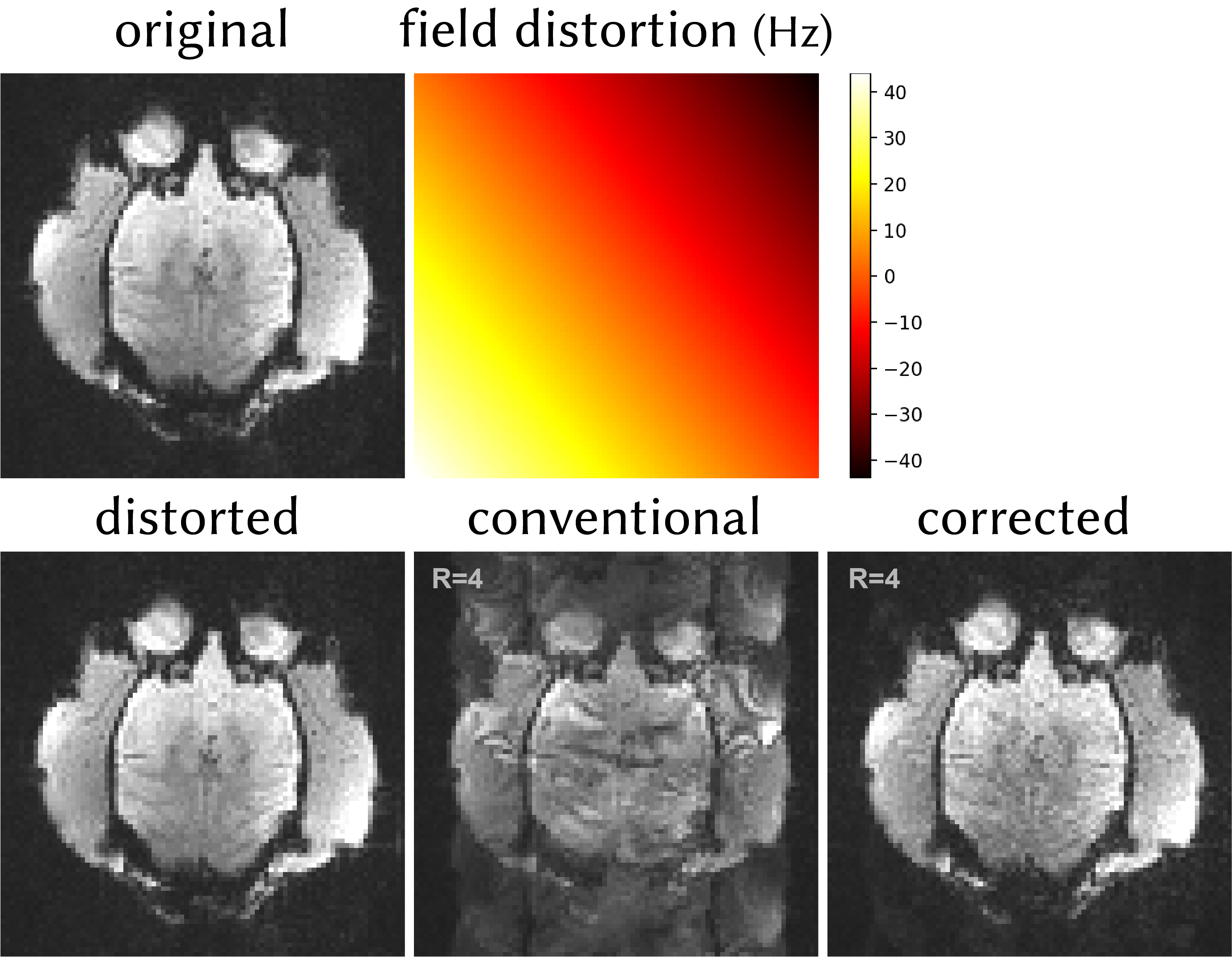
I am Senior Applied Scientist at Microsoft Applied Sciences Group. Most recently, I was a computer vision machine learning scientist at Vicon, developing machine learning models for markerless motion capture. I have also been a researcher at Oxford Centre for Functional MR Imaging of the Brain (FMRIB), University of Oxford.
I was trained in Electrical Engineering at Amirkabir University and Sharif University, Tehran. After working on developing industrial embedded systems in the energy sector for a couple of years, I moved to Ankara where I did my graduate work in the lab of Tolga Çukur, working on MRI and computational neuroscience.
My current work centres on developing and optimising multi-modal models for efficient inference on low-powered NPU chips. Stretching to the past, I have explored research and development of pose-estimation and subject reidentification models, as well as developing methods for (functional) MRI imaging acquisition, reconstruction, and post-processing, and using them in understanding semantic and language processing in the brain. Below, you can peek into the stuff I have been busy doing recently.




